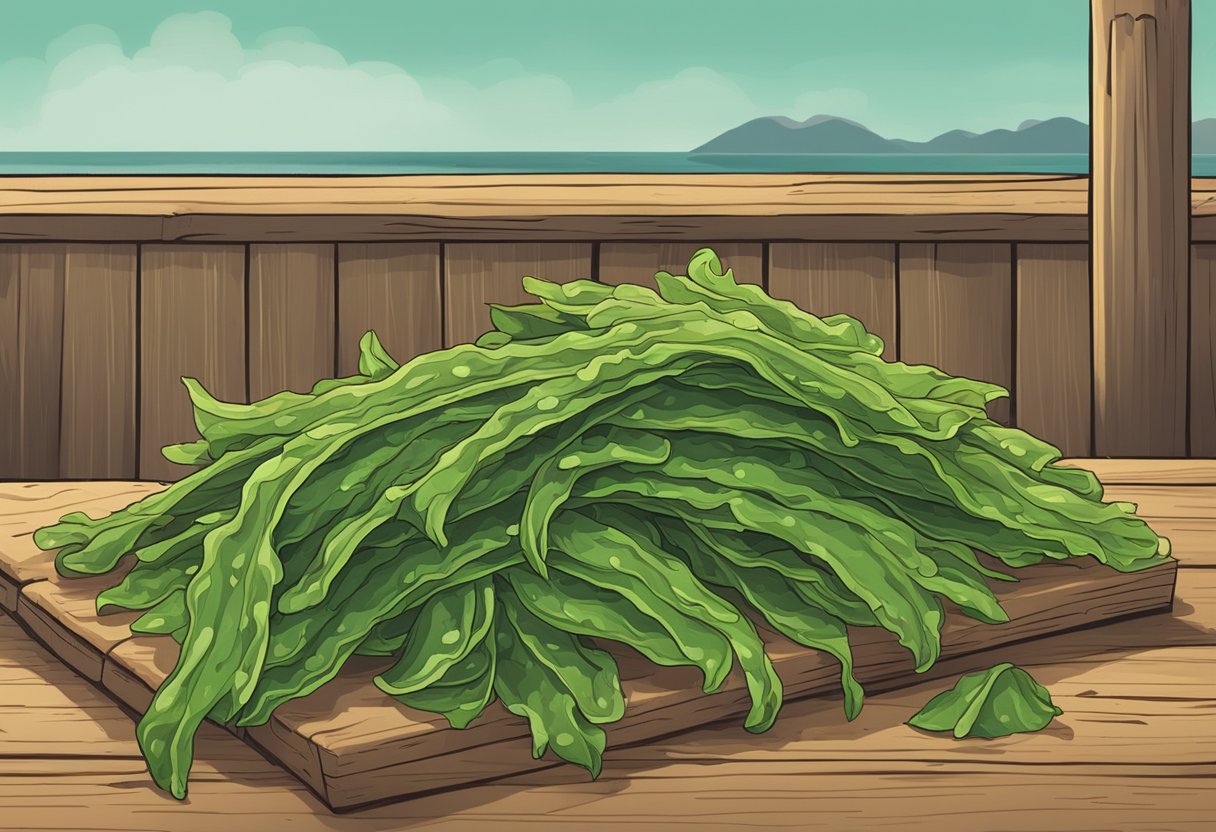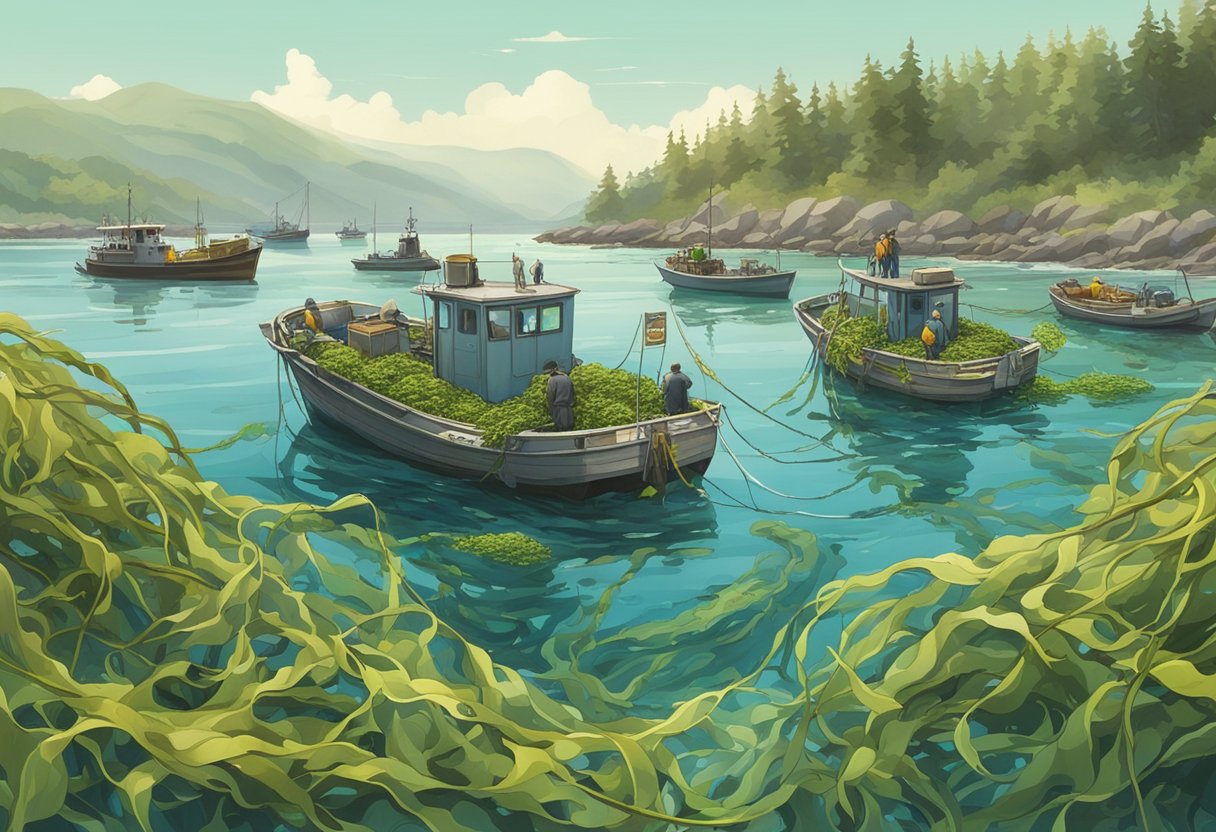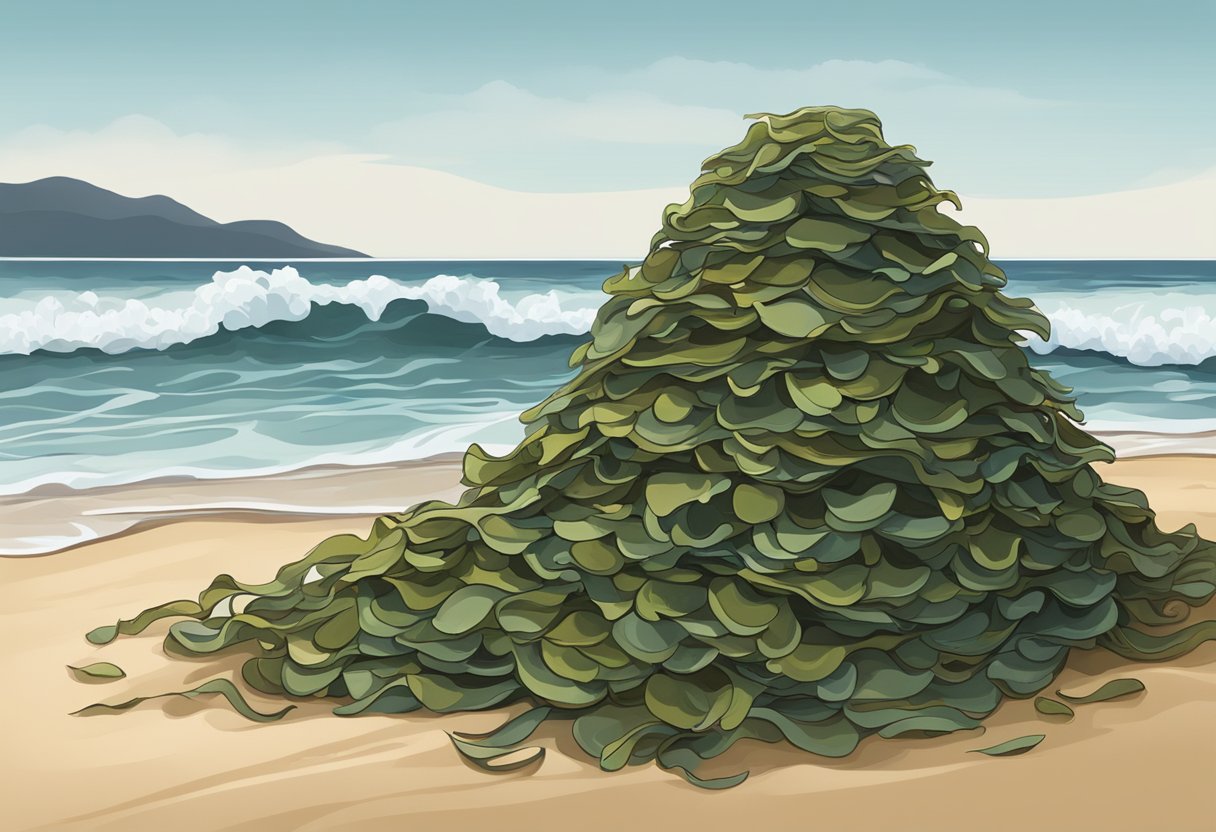Kelp, often visible along rocky coastlines, is widely recognized for its towering underwater forests. It is a type of large brown seaweed that belongs to the order Laminariales and thrives in nutrient-rich, cold waters around the world. The discussion on whether kelp can be classified as a vegetable is rooted in its plant-like appearances and uses in culinary practices, despite it originating from the sea.
Understanding the nature of kelp requires a consideration of its biological characteristics and ecological significance. Unlike land-based plants, kelp does not have true roots, stems, or leaves. It anchors to the ocean floor with holdfasts, and absorbs nutrients directly from the water through its blades. Kelp plays a critical role in marine ecosystems, offering habitat and food for a diverse range of marine life.
Human use of kelp has spanned centuries, primarily as a source of nutrients and food. Today, kelp is harvested for its alginates—compounds used in food and cosmetic industries—and is featured in many dishes for its unique taste and texture. Its rising popularity in the culinary world has sparked curiosity about its classification and potential health benefits.

Key Takeaways
- Kelp is a type of large brown seaweed with plant-like qualities used in various culinary applications.
- Kelp differs biologically from land vegetables by lacking true roots and absorbing nutrients directly from water.
- It is utilized for its nutritional value and industrial applications beyond its role in marine ecosystems.
Kelp Fundamentals

In exploring the nature of kelp, it is essential to understand its categorization and the environments it thrives in.
Definition and Classification
Kelp refers to large brown algae that belong to the order Laminariales. There are about 30 different genera of kelp, which are not considered traditional vegetables but are instead classified under the Protista kingdom. These marine algae are pivotal in marine ecosystems and are also used in various culinary applications due to their high nutrient content.
Kelp Habitat
Kelp forests are found in cold, nutrient-rich waters, typically along rocky coastlines of the world's oceans. Notable for their high growth rate, some species can grow up to 18 inches (45 cm) a day. The ideal conditions for kelp growth include:
- Water Temperature: 6 to 14 degrees Celsius (43 to 57 degrees Fahrenheit)
- Depth: Up to 40 meters (131 feet) but needs to be shallow enough for sunlight penetration
- Nutrients: High concentrations of nitrogen and phosphorus
- Substrate: Strong holdfasts anchor kelp to rocky substrates
These factors contribute to the formation of lush kelp forests that provide habitat and food for a diverse range of marine species.
Kelp and Human Use

Kelp, a type of seaweed, has a significant role in human life, utilized extensively in culinary practices and serving various industrial and medicinal applications.
Culinary Uses
Kelp is prominent in the culinary world, notably in East Asian cuisine. It serves as a staple ingredient, celebrated for its umami-rich flavor and nutritional value.
- Nori: Dried sheets used in sushi rolls
- Kombu: Utilized to enhance broths and stews
- Wakame: Often added to soups and salads
Kelp's health benefits stem from its rich content of vitamins, iodine, and fiber, suiting modern dietary trends focusing on wellness and natural foods.
Industrial and Medicinal Applications
In industrial contexts, kelp byproducts are integral in the production of various goods.
- Alginate: A thickening agent found in ice cream and cosmetics
- Fertilizers: Kelp meal is an organic fertilizer enriching soil nutrition
Medicinal uses of kelp have been noted for their potential thyroid-regulating properties due to the natural iodine content. It’s also found in supplements promoting weight loss and digestive health.
Frequently Asked Questions

In the context of food categorization and culinary use, kelp raises several common inquiries. This section aims to address these questions with precise information on kelp and its placement within the spectrum of edible sea vegetables.
What are the different types of edible sea vegetables, and how does kelp compare?
Among edible sea vegetables, nori, wakame, and dulse are notable, each with distinct flavors and uses. Kelp stands out for its wide culinary applications, from broths to salads, and its substantial iodine content.
How does kelp fit into the food category system, particularly in relation to fruits and vegetables?
Scientifically, kelp is classified as algae, which is distinct from terrestrial plants. However, in dietary terms, it is commonly categorized as a vegetable because of its nutritional profile and usage in similar culinary contexts.
Where can one purchase high-quality kelp or other sea vegetables?
High-quality kelp can be found at health food stores, Asian markets, and specialized online retailers. It's important to source from reputable suppliers to ensure purity and sustainability.
Can dried seaweed, like kelp, be classified as a vegetable and why?
Dried seaweed such as kelp is typically classified as a vegetable because its nutritional properties and applications in cooking are consistent with those of other vegetables. It provides fiber, vitamins, and minerals significant to a healthy diet.




